Today lots of people tend to treat things such as Christmas trees and holiday gift giving as if they’ve been with us forever. While these are old traditions, they were once far more localized. In this world of media everywhere, we tend to forget that customs were once far more specific to the area. Lots of people also have lost the connection of those festivals and have transposed it to their group of people, believers or non-believers in Jesus Christ or in God.
From the Saxon days there was Yule for mid-winter and in the regions of West Europe the autumn storm brought many ideas alive to think about gods who controlled everything in nature. The days becoming darker demanded for and still demand for some more light bringing into it. In the old times to honour the gods it was custom to put all sorts of things in the trees as an offering to the gods. On December the 25th it was the day of the goddess of light. Time was taken to celebrate her.

Traditional Christmas card with holly and mistletoe. Circa 1880s
Druids, Celts, and even the Romans used evergreen branches made into wreaths in winter solstice celebrations. Because so many things lost colour and seemed to have died people looked up for those elements in nature which could be so strong that they stayed green. Pagan symbols as holly and ivy remained green and were taken as a promise of life to return in dead of winter. Holly – prized for its ability to bear fruit in winter and its healing uses – were the blessings people hoped they could have in the house and share with each other. Healing elements were very important to get through Winter.
While the Romans were holding the feast for the god Saturn — which occurred about the time of the winter solstice — they decked the outsides of their houses with holly. At the same time the Christians were quietly celebrating the birth of Christ, and to avoid detection they outwardly followed the custom of their heathen neighbours and decked their houses with holly as well. In this way holly came to be connected with Christmas customs. The plant was also regarded as a symbol of the Resurrection.
The missionaries coming in these regions quickly understood how the pagan traditions were so strong and how people would not like to give them up. This we still see today happening. As Christians should come to know more about traditions and about usages all over the world, plus having the Holy Scriptures to find what they could or could not do, we see that those who call themselves Christian still do not like to give up those pagan traditions and pagan festivals.
The Roman Catholic Church had already given in to Constantine the Great allowing the false teaching of the trinity be part of the Catholic Faith, so it was a further small step to adapt the Western Celtic and Saxon traditions to the Roman Faith. In 336 CE, during the time of this so called first Christian Roman Emperor for the first time on December 25th “Christmas” was being celebrated.
A very early Christian tradition said that March 25th was the day when Mary was told she’d give birth to Jesus (called the Annunciation). And nine months later, of course, would be December 25th. But the Bible doesn’t mention the exact days of that annunciation, nor of the birth of Jesus, though from all the secular writings we do know when the cencus took place, when the falling star appeared and that it was in October that Mary and Joseph went to fulfil their duties. We can take it was in 4BCE on October the 17th that rabbi Jeshua from the tribe of King David was born. For those who would love to celebrate his birthday it is strange that they than not do this around the period Jesus was rally born.
It is true that in many cultures we can find a festival of lights, also the Jews have such a festival of lights. Germans and Scandinavians had their yule festival. Celtic legends connected the solstice with Balder, the Scandinavian sun god or Norse god of light, son of the chief god Odin and his wife Frigg, who was struck down by a mistletoe arrow from the blind god Hödur (or Höd). At the pagan festival of Saturnalia, Romans feasted and gave gifts to the poor. Drinking was closely connected with these pagan feasts.
The Babylonian sun-god and god of agriculture and flocks, Tammuz, lover of Ishtar, born on the winter solstice according to legend was also celebrated on December the 25th and by the Roman Catholic Church his symbol was taken as the symbol for Jesus (the sign of Tammuz or the cross), placing Jesus as the bringer of light and god of light.
The leaders of the instituted organisation of clergy who accepted the trinity, agreed to adopted the saturnalia day of the ‘day of birth’ or ‘day of new life’ as a remembrance day of the new life Jesus has given to all mankind. For them it was easier to get more converts by keeping the folks from indulging in the old pagan festivals as part of the pagan culture, now transformed or redressed in a Roman Catholic dressing.
Branches that had thorns became to be the thorns Christ wore on the crucifix (sign of Tammuz) and the berries were stained red by his drops of blood. From the Norse and the Druids, the Mistletoe you may find growing here everywhere and at that time was considered special because of it found growing on the sacred oaks, was featured in several old myths and held to be sacred and associated with fertility, which led to kissing boughs.
Also today at the Christmas markets we can find the gangway where there is the kissing bough custom one holds that a woman who refuses the kiss shall have bad luck, and that those who kiss underneath it shall be having a blessed and fruitful year.
Not all the following years Christmas was part of Christian life. During Cromwell’s rule, Christmas was even banned. Charles II restored the holiday in England. However, the Parliament of Scotland officially abolished the observance of Christmas in 1640, to purge the church “of all superstitious observation of days”, and it was not restored as a public holiday in Scotland until 1958.
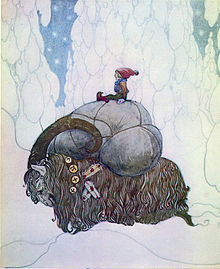
Julbocken, by John Bauer (1912)
From the 4th to the 19th century the tradition of the Northern people their celebration for their chief god and the father of Thor, (Thunor, or Thonar), Balder, and Tiw, Woden or Wotan became more and more also liked by the people from Holland and Belgium and the man with a long white beard who rode a horse through the heavens one evening each Autumn became their Sint Niklaas (Sinterklaas) or Sint Nicholas (saint Nicholas) and in the Anglo Saxon countries Father Christmas or Santa Claus/Sancta Claus.

1881 illustration by Thomas Nast who, along with Clement Clarke Moore’s poem “A Visit from St. Nicholas”, helped to create the modern image of Santa Claus
From the 20th century onward that Father Christmas started gaining more popularity and the presents became more and more the focus of the people for that season were the darkness seemed to have darkened their Christian sight. Lots of Christians enjoyed decorating the ‘Christmas tree‘ and telling their children the Saint from Spain had brought presents for all those who had behaved well the previous year. Later in the month it was the Santa who once more brought presents in the house.
History illustrates the awesome outworking of initial events from when the Divine Creator has declared
Zephaniah 1:17-18 The Scriptures 1998+ (17) “And I shall bring distress on men, and they shall walk like blind men – because they have sinned against יהוה {Jehovah}, and their blood shall be poured out like dust and their flesh like dung.” (18) Neither their silver nor their gold shall be able to deliver them in the day of the wrath of יהוה {Jehovah}. And by the fire of His jealousy all the earth shall be consumed, for He makes a sudden end of all those who dwell in the earth.
This comes from the Christadelphian bible reading for December 15 when we started reading this short and somewhat overlooked prophecy of Zephaniah. He would have been one of the prophets Peter referred to, as we read the final chapter of his second letter of the same day-reading, he told them they should remember
2 Peter 3:2 The Scriptures 1998+ (2) the words previously spoken by the set-apart prophets, and of the command of the Master and Saviour, spoken by your emissaries,
Today we may find lots of people who have stress about the coming days when they have to present nice meals and many presents and have to fulfil many family visits and social obligations. Their eyes are closed for the real issue in life. Not a Santa shall bring salvation and he from the North has nothing to do with the birth of Jesus Christ. When we look at the many Christmas markets we even do not see much what reminds us of the Saviour who was sent by God to this earth.
Ages ago holy prophets told about the eyes of people which would become blinded. Today we
“should remember their predictions”

Folk tale depiction of Father Christmas riding on a goat. Perhaps an evolved version of the Swedish Tomte. (Photo credit: Wikipedia)
We also should remember that they also warned for the time that scoffers were going to come and would lead people following their own sinful desires. About the promised one who was born, lived for a very short time here on earth, died, was resurrected from the dead and showed that he was not a spirit, but the one brought back alive by his heavenly Father, that master teacher is not remembered much these days and many do not think about his return or even do not believe in it.
Yes many laugh at us and say,
“Where is the promise of his coming?”
Many children have to promise their parents that they will be good next year. Then they also will get some present. But not many children learn about that man who died for our sins. Not many take time in this ‘Time of the year’ to read the Bible and to meditate on what God and his son Jesus had to say.
Today lots of people are concentrating on their self and do see all those refugees coming in our regions as a possible threat to what they can enjoy. Many are afraid they shall have to share with those poor people who travelled thousands of miles to find their luck in our Western world where money seems to flow like moulted butter.
Many people do not see what is really going on and how those set apart men of God had warned for certain situations we can see today. Also Jesus told about the signs of those days we have today. That time Jesus spoke about, may be much closer than many think. Many are blinded by the money this world is offering. Lots of people think everything can be said with presents and with the value of money. The real value for life they often do not see. Capitalism has put sand in their eyes.
The ways of godless thinking and living will be seen for all the foolishness they are; and we must never forget, there are only 2 ways: the broad way and the narrow way. Those on the narrow way are
2 Peter 3:12-15 The Scriptures 1998+ (12) looking for and hastening the coming of the day of Elohim, through which the heavens shall be destroyed, being set on fire, and the elements melt with intense heat! (13) But according to His promise we wait for a renewed heavens and a renewed earth in which righteousness dwells. (14) So then, beloved ones, looking forward to this, do your utmost to be found by Him in peace, spotless and blameless, (15) and reckon the patience of our Master as deliverance, as also our beloved brother Sha’ul wrote to you, according to the wisdom given to him,
“waiting for new heavens and a new earth in which righteousness dwells. Therefore, beloved, since you are waiting for these, be diligent to be found by him without spot or blemish, and at peace” (verses 13,14).
Included in what they (we) are waiting for, is what Job perceived and that we read today. He declared,
“I know that my Redeemer lives, and at the last he will stand upon the earth. And after my skin has been thus destroyed, yet in my flesh I shall see God, whom I shall see for myself, and my eyes shall behold, and not another. My heart faints within me!” (19:25-27).
He believed in resurrection!
That final comment is most thought provoking. Our hearts will be in danger of fainting within us for multiple reasons, when God “bring(s) distress” – the experience will be awesome for believers! But how imminent then will be the time when they will “see God” through seeing his Son, marvelling in anticipation of the ultimate time when
“God himself will be with them as their God … for the former things have passed away” (Revelation 21:3,4).
Let us anticipate in faith the things that “our eyes shall behold” to carry us through the coming time of “distress”.
++
Additional reading
- Holidays, holy days and traditions
- Christmas customs – Are They Christian?
- Christmas, Saturnalia and the birth of Jesus
- Irminsul, dies natalis solis invicti, birthday of light, Christmas and Saturnalia
- Focus on outward appearances
- Jesus begotten Son of God #1 Christmas and Christians
- Christmas in Ancient Rome (AKA Saturnalia)
- Christmas trees
- Actions to be a reflection of openness of heart
- With child and righteousness greater than the law
- Objects around the birth and death of Jesus
- Politics and power first priority #3 Elevation of Mary and the Holy Spirit
- The imaginational war against Christmas
- Autumn traditions for 2014 – 1: Sinterklaas and Zwarte Piet
- Manna from Sint Nicholas
- Traditionalists Vow to Fight Charges of Racism in Netherlands
- Ignorance of Today’s Youth (and Adults)
- Sancta Claus is not God
- Brits believe Santa present at Jesus’ birth, new poll reveals
- Wishing lanterns and Christmas
+++
Further reading
- Winter Solstice and Yule
- Yule is upon us!
- Dickens’ Christmas Story as an Intertexteme in Leskov’s Yule Short Story
- Winter Solstice 2015: Shortest Day Of The Year Celebrated As Pagan Yule
- Commercialmas
- Yule 2015 #15 performing magic
- Yule 2015#16
- A radiant vision of splendour
- Yule prep
- Yule Wreath and Garland
- 13 Trolls
- War Against Christmas?
- Holiday King of the Hill
- SGC Admin: From our inbox to you from: Patti Wigington: Paganism/Wicca Expert
- Yule – Wicca subject of the week
- Happy Yule 2015
- How to bring some real Christmas spirits into your Yule-tide
- 10 Ways to Celebrate Yule
- Santa Claus, Krampus,The Wild Hunt and Me.
- Vigil
- Use Yule Bells For Positive Energy
- Irish Christmas
- Christmas, the Weridest Holiday of the Year; Part one
- Holly Tree
- Holly, Plant of Saturn and Mars
- Symbol of Yule: Holly Mistletoe and Bayberry Candles
- Memories of Yuletide
- A Little history on the holly tree
- Let It Be Done Unto Me
- Annunciation
- Annunciation: a reflection for Advent
- This Annunciation
- The Annunciation, according to Bl. Anne Catherine Emmerich
- Tuesday 15th December
- Wednesday Writings – Annunciation
- Mary’s Heart
- Angels & Advent: In His Shadow – a sermon podcast
- And the virgin’s name was Mary
- Angels of Advent: Encountering the Annunciation
- Somersaults /Wednesday, December 9, 2015
- Feast of the Immaculate Conception of the Blessed Virgin
- Mary and a “Yes” to God’s Request
- Joseph’s Pregnant Advent
- The Overshadowing of Mary –Pentecost
- Christmas
- Saturnalia
- From Sukkot to Saturnalia: The Attack on Christmas in Sixteenth-Century..
- Togas, Laurels, Chariots and Some Roast Lambs’ Testicles
- Countdown to Christmas 17: Saturnalia
- Saturnalia Is a Fleadh by Another Name. Just Don’t Tell Jerry Buttimer
- By Jove! It’s Christmas: Did the First Christian Roman Emperor Appropriate..
- War On Christmas Memes: Saturnalia
- War On Christmas Memes: The Yule Tree
- Christmas: it’s all about money, not messiahs.
- Geranium Lake Properties, Saturn and Sol
- Advent Calendar Day 15: Christmas: The Perfect Excuse For A Fight? by Lucy Brazier
- Pig Washing 1, “Christmas”
- Christmas is Pagan!
- Christmas — Who gives a rip HOW we came up with the date we use?!?
- Christmas is Tammuz’s Birthday?
+++

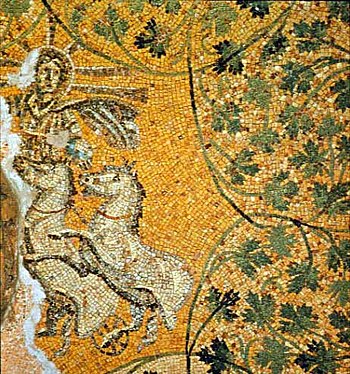



















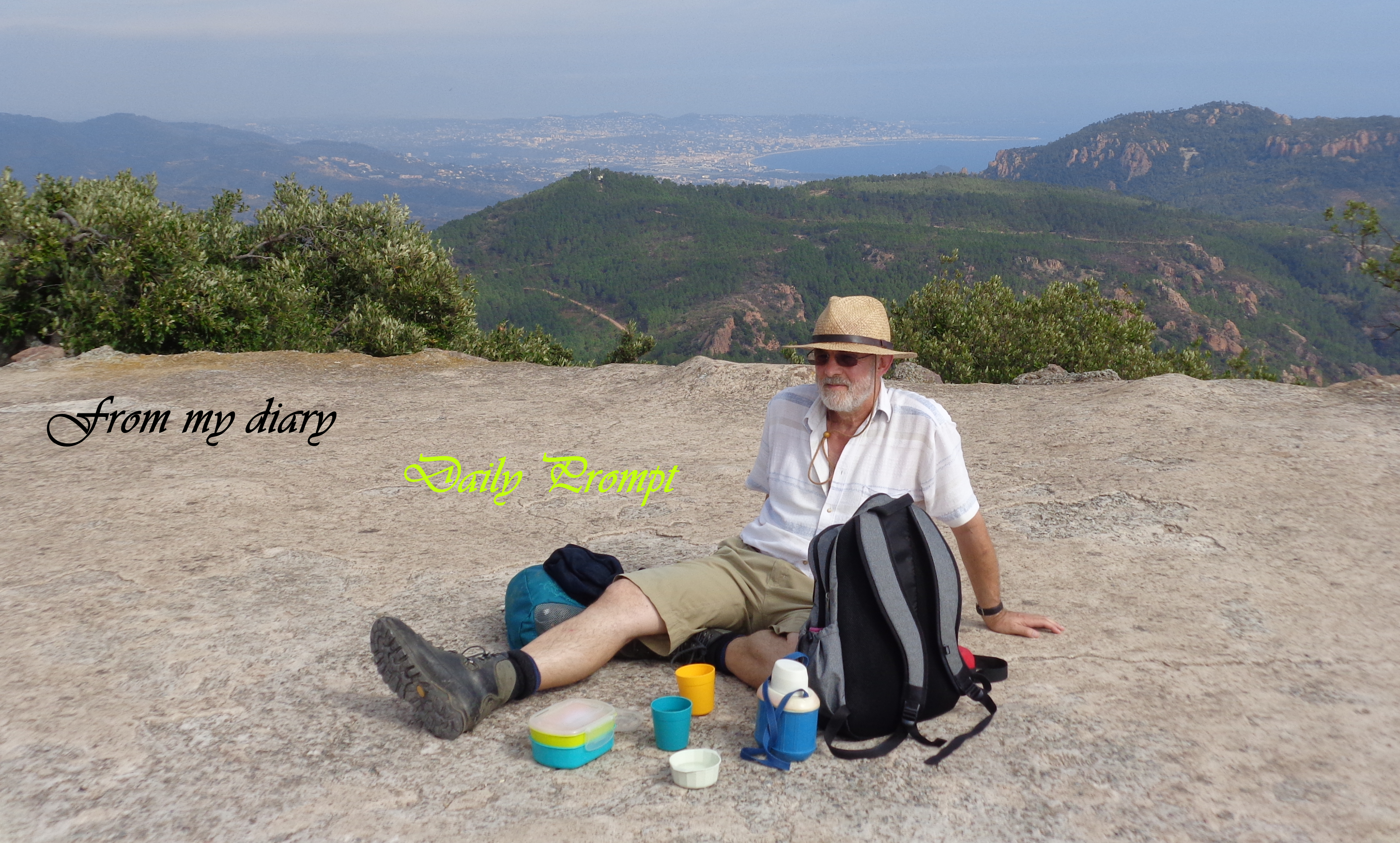



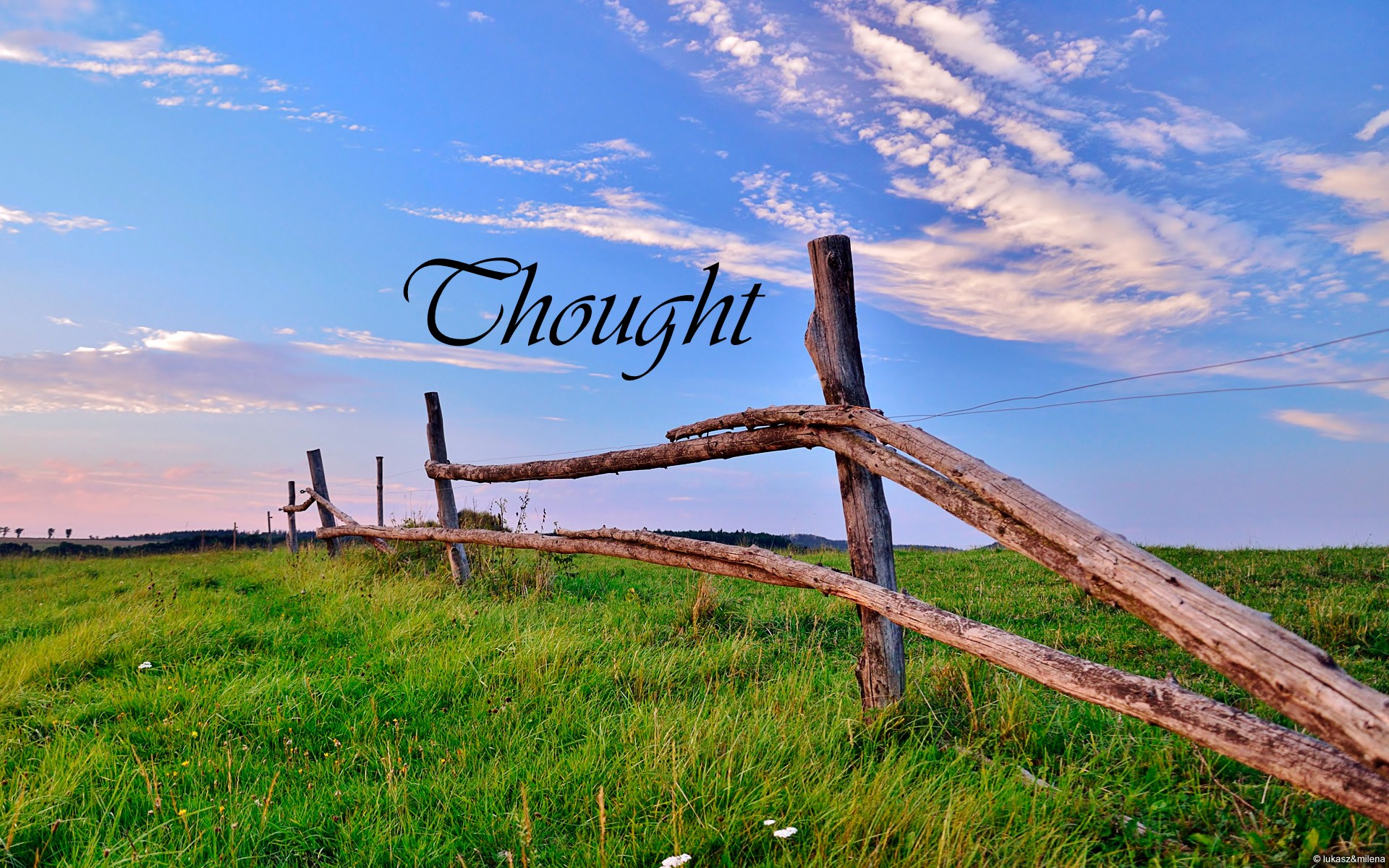
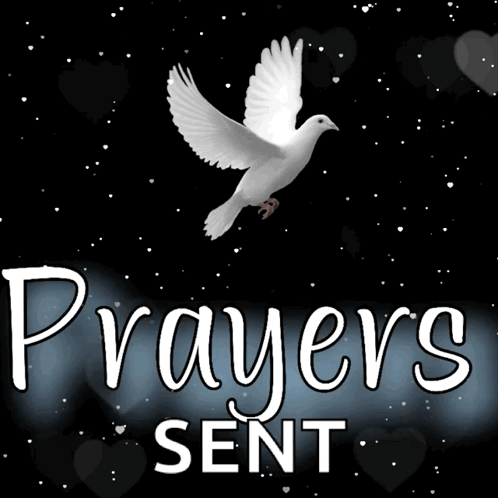


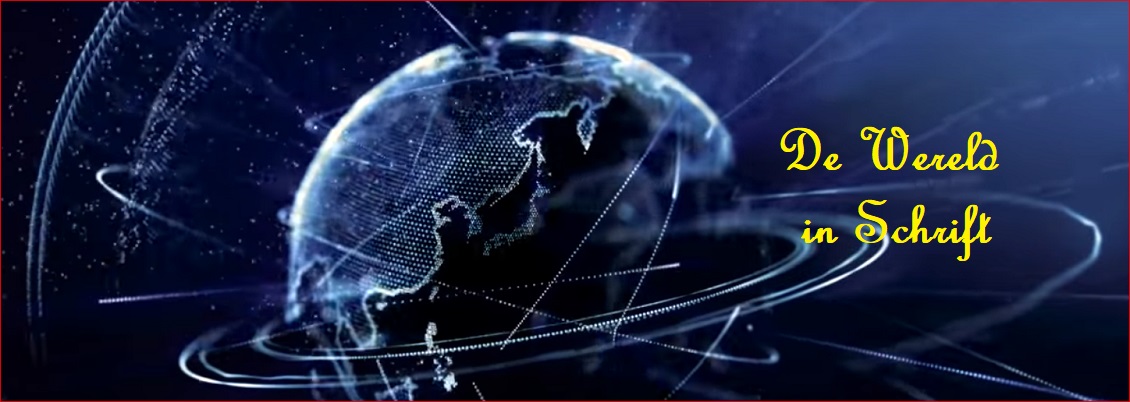






























Pingback: People believing they need to celebrate the birth of God | Bijbelvorser = Bible Researcher
Pingback: Which hero to celebrate in December 2020 | Bijbelvorser = Bible Researcher
Pingback: Matthew 27 – The Nazarene’s Commentary: The Final Hours: Trial, Execution and Burial – #7 Matthew 27:32-37 – Executed at Golgotha | Belgian Biblestudents - Belgische Bijbelstudenten
Pingback: New platform for questions and answers – Some View on the World
Pingback: Today’s thought “Qualities and feasts of people” (December 14) – Belgian Ecclesia Brussel – Leuven
Pingback: Evergreen trees and Decorations with festive foliage | From guestwriters